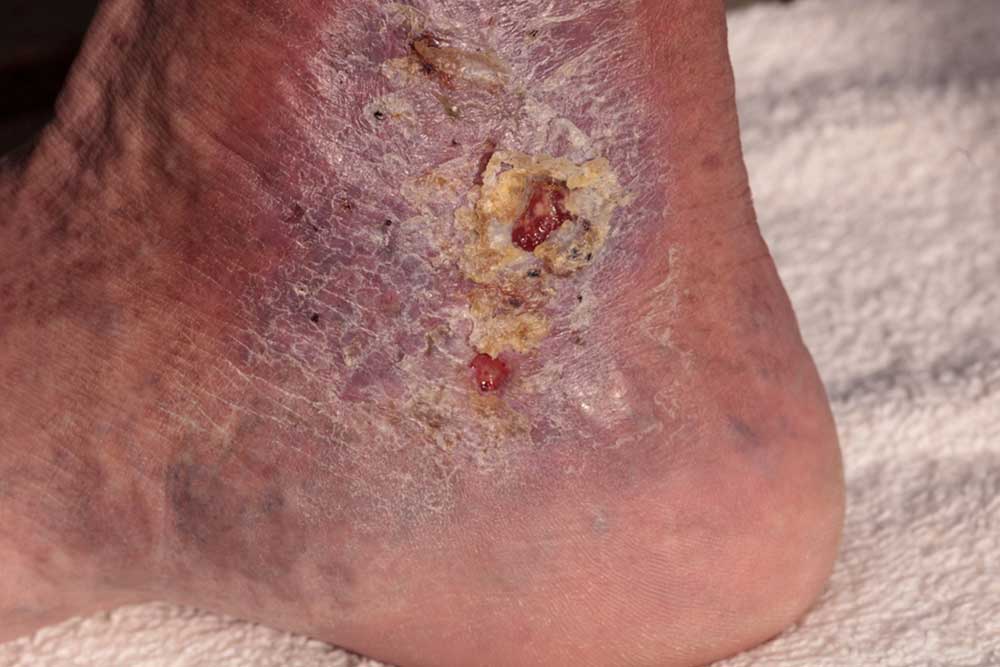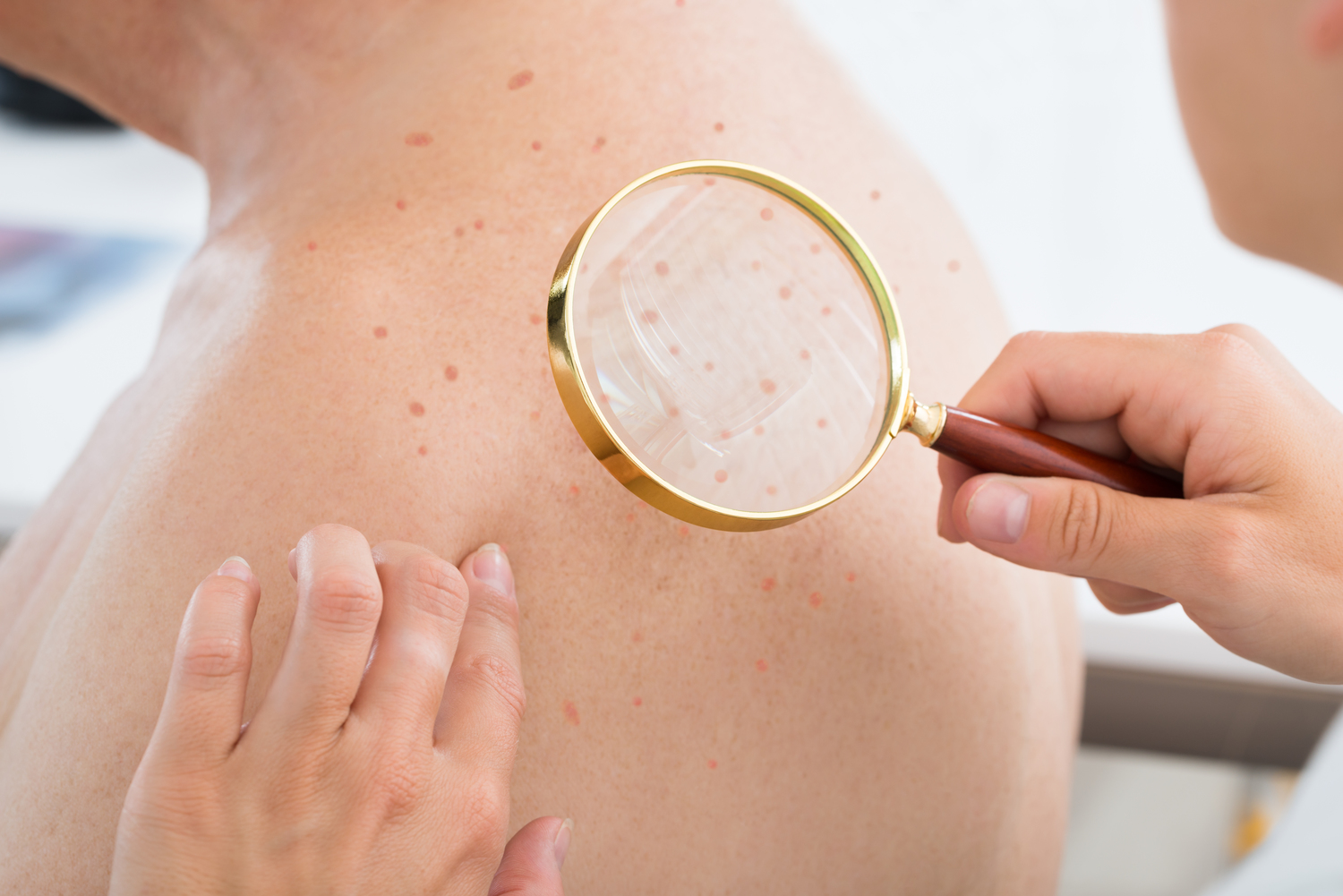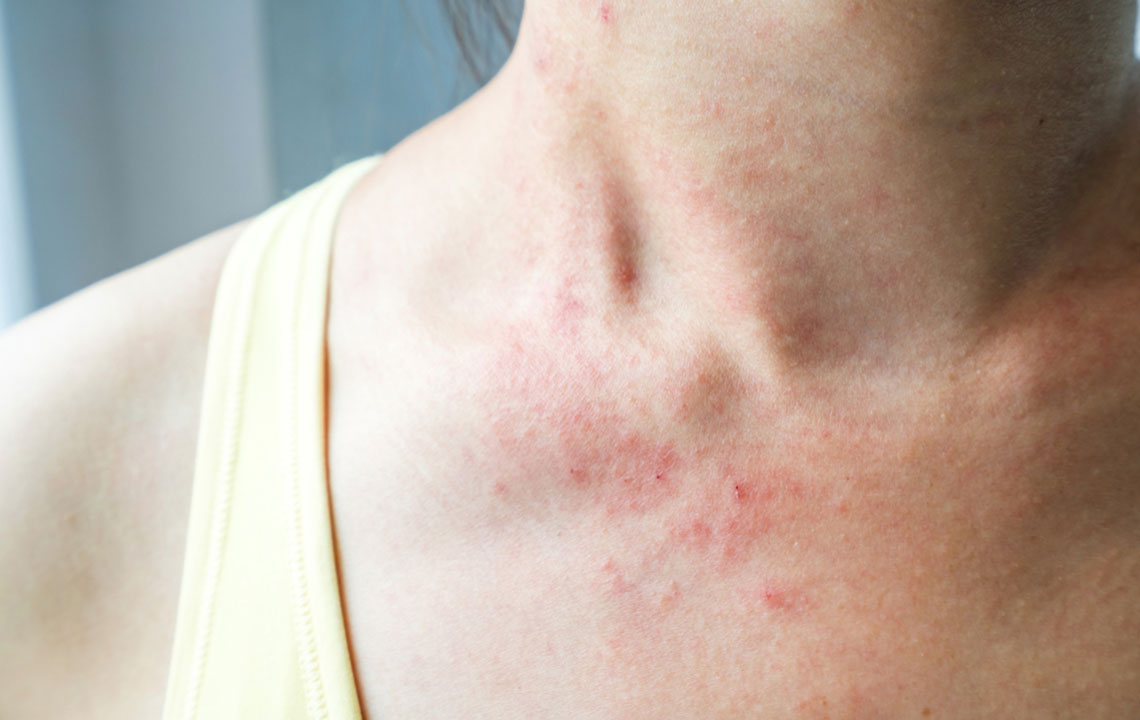What You Need to Know About Cellulitis: Causes, Symptoms, and Prevention Tips
Learn about cellulitis, a bacterial skin infection that can lead to serious health issues if untreated. This article covers causes, symptoms, and preventive tips to help identify and manage the condition early for better outcomes.

Understanding Cellulitis: Causes, Symptoms, and Prevention Tips
Cellulitis is a common bacterial skin infection that can escalate into serious health problems if not addressed promptly. The skin’s protective barrier can be broken by cuts, abrasions, or dry patches, allowing bacteria such as streptococcus and staphylococcus to invade. It frequently appears on the lower legs but can also affect the face and arms. Recognizing the signs early helps ensure effective treatment and reduce risk.
Infections occur when bacteria enter through damaged skin from injuries, animal bites, or skin conditions like eczema or athlete’s foot. Factors such as recent surgeries, cuts, ulcers, or swollen areas increase susceptibility. Common symptoms include redness, warmth, swelling, tenderness, pain, fever, chills, blisters, or skin dimpling. Early medical attention is crucial to prevent complications like deep tissue infections or chronic swelling.


